The mummy now referred to as The Younger Lady displays a jaw injury padded with linen wrappings, placed there by ancient Egyptian embalmers. Additionally, she has double piercings in her earlobes, a feature Egyptologists consider to be a feminine characteristic. Modern scientific advancements have confirmed that The Younger Lady is the biological mother of Tutankhamun and the daughter of Amenhotep III and his Great Royal Wife, Tiye.

On a clear day in 1898, archaeologist Victor Loret discovered an ancient tomb in the Valley of the Kings, KV35. Within this tomb, alongside the mummy of Queen Tiye and a young boy, lay the mummy of a young woman known as “The Younger Lady.” No one knew her exact identity, but subsequent discoveries revealed that she was the mother of the famous King Tutankhamun and the full sister of the mummy known as KV55, possibly Akhenaten.
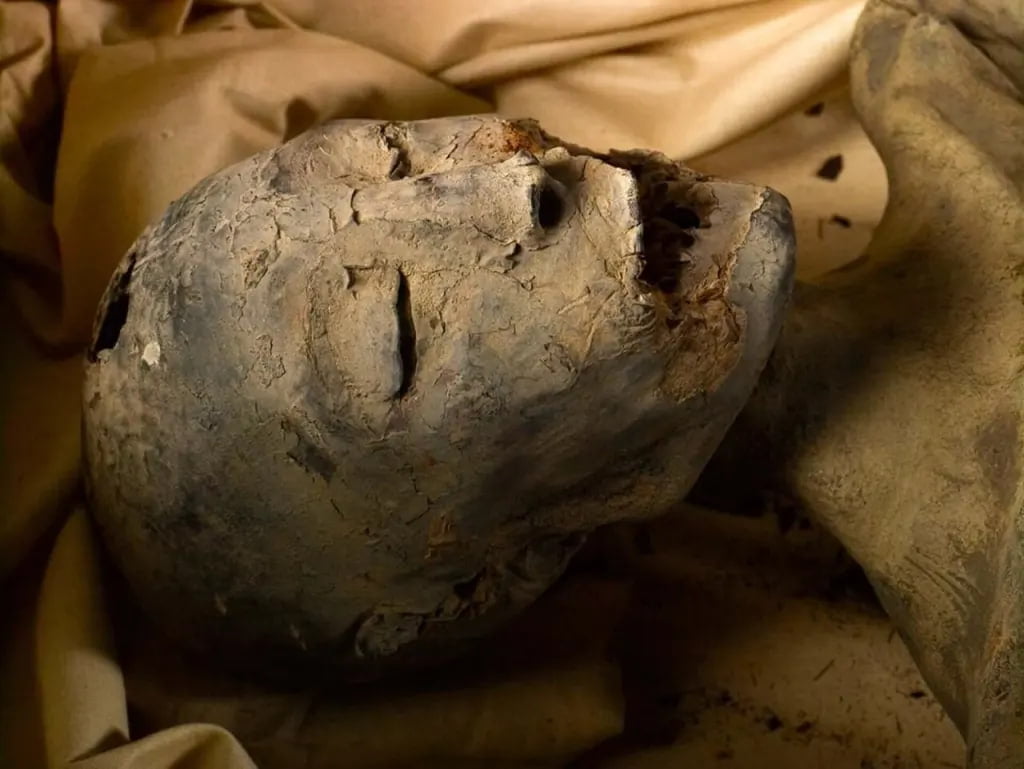
“The Younger Lady” was a daughter of King Amenhotep III and Queen Tiye. Modern analysis indicates she died between the ages of 25 and 35 and was approximately 158 cm tall. Recent CT scans also show that, like her son Tutankhamun, she had unerupted wisdom teeth, indicating her young age at death. Most notably, she had a wound on her jawline, though it remains undetermined whether this injury was inflicted during her lifetime (possibly a fatal blow) or during tomb robbery.
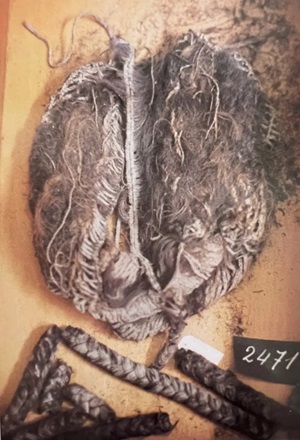
She also had a large cavity in her torso, and the Egyptian Mummy Project believes these wounds were inflicted before her death, possibly causing it. When discovered, “The Younger Lady” was laid beside her mother, Tiye, and a young boy, possibly Prince Thutmose, a son of Amenhotep III and Tiye.
For a long time, the mummy of Queen Tiye was simply referred to as “The Elder Lady” until a lock of hair found in Tutankhamun’s tomb was identified as belonging to his grandmother. This hair matched the natural hair on Tiye’s mummy perfectly.
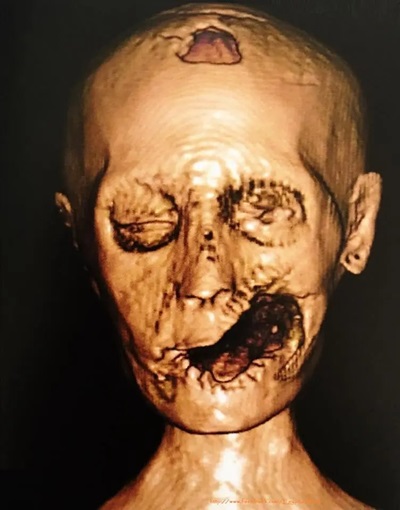
Many scholars and Egyptology enthusiasts have theorized about the identity of “The Younger Lady,” suggesting she might have been a secondary wife of Akhenaten, Kiya, or even Nefertiti. However, these remain theories, and “The Younger Lady” has not been formally identified beyond her biological relations to her mother (Tiye), father (Amenhotep III), brother (KV55), and son (Tutankhamun).
Howard Carter’s 1922 discovery of Tutankhamun’s intact tomb is often hailed as the greatest Egyptian find. However, the complex familial relationships of the young king and his ancestors were better understood thanks to the wealth of information revealed by Loret’s find at KV35 and the discovery at Deir el-Bahri.
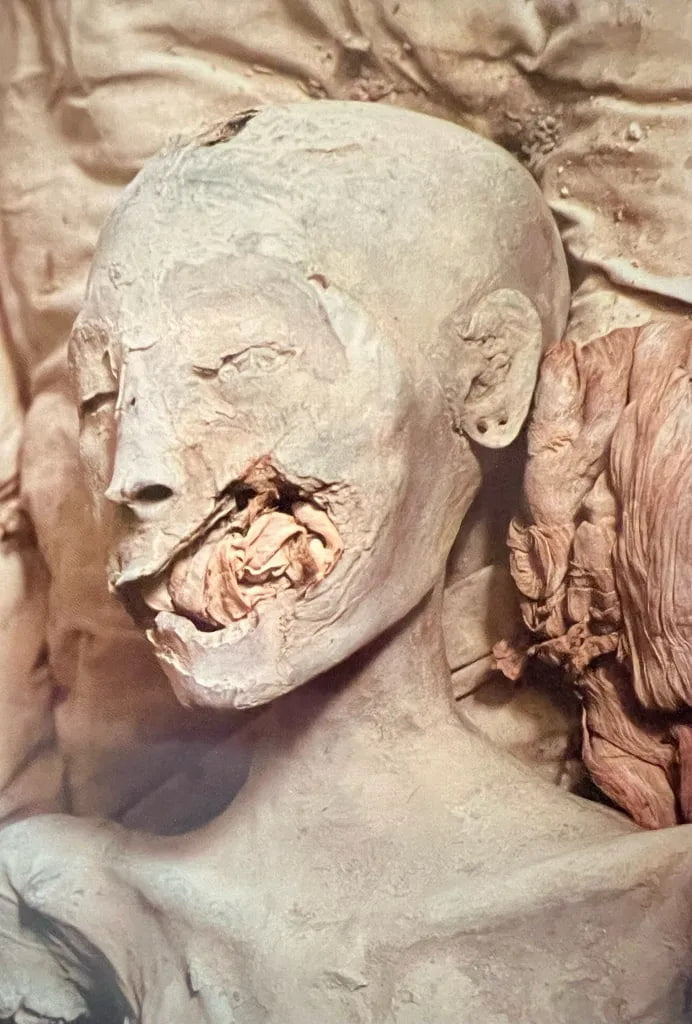
These successive discoveries in the late 19th and early 20th centuries helped elucidate the lives and relationships of the powerful royal figures of that distant time. In 2018, French paleoartist Élisabeth Daynès recreated the likeness of “The Younger Lady” for an episode titled “Great Women of Ancient Egypt” for the television series Expedition Unknown.
Daynès, an acclaimed paleoartist who previously won the John J. Lazendorf Paleoart prize, also reconstructed Tutankhamun’s likeness in 2005 for National Geographic. The work of a paleoartist involves using scientific evidence to recreate the likeness of prehistoric animals or historical humans. Notably, the media went wild, declaring the likeness to be that of Nefertiti.
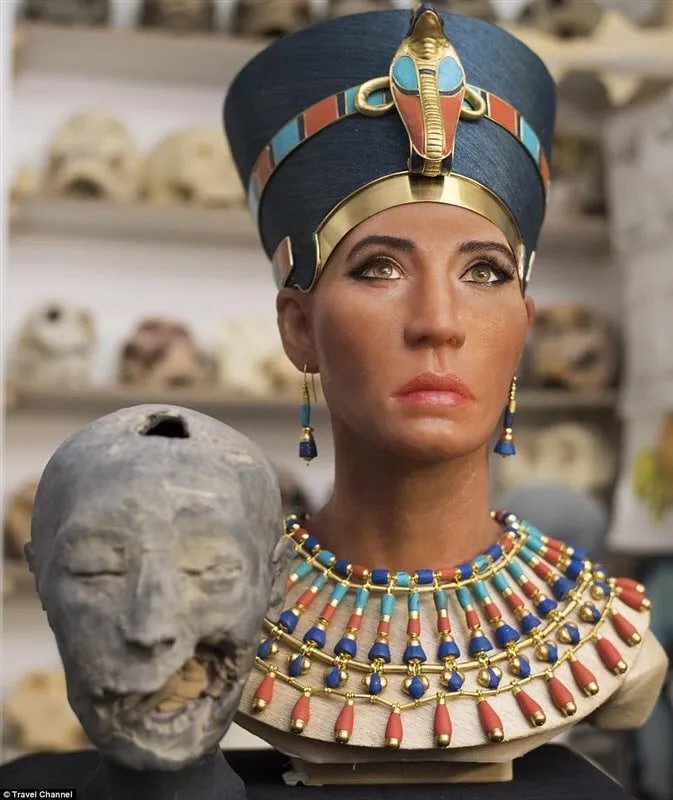
This reaction was partly due to how the television show presented the likeness, dressing her in famous Nefertiti-like regalia, and partly due to the theory that “The Younger Lady” might be Nefertiti. For a long time, esteemed scholars like Joanne Fletcher genuinely believed that “The Younger Lady” might have been Nefertiti. However, as time has passed, this theory has never been proven, and modern evidence suggests the likelihood of “The Younger Lady” being Nefertiti is extremely slim.
In conclusion, the story of “The Younger Lady” remains shrouded in mystery. However, the discoveries about her have significantly contributed to our understanding of the history and complex relationships of ancient Egyptian royalty. Ongoing research and new findings continue to shed light on this story, keeping the allure and mystery of “The Younger Lady” alive in the hearts of history enthusiasts.




